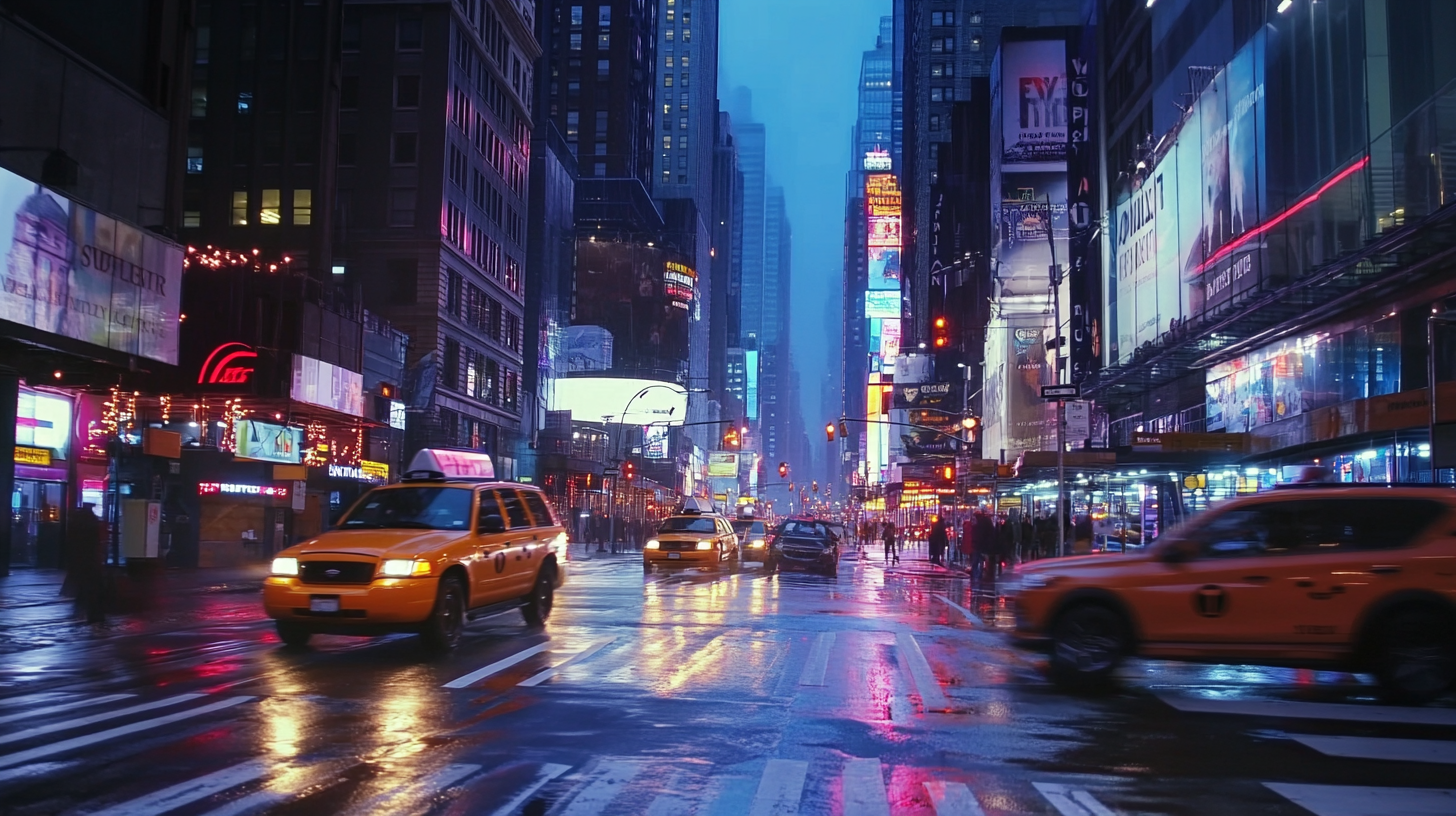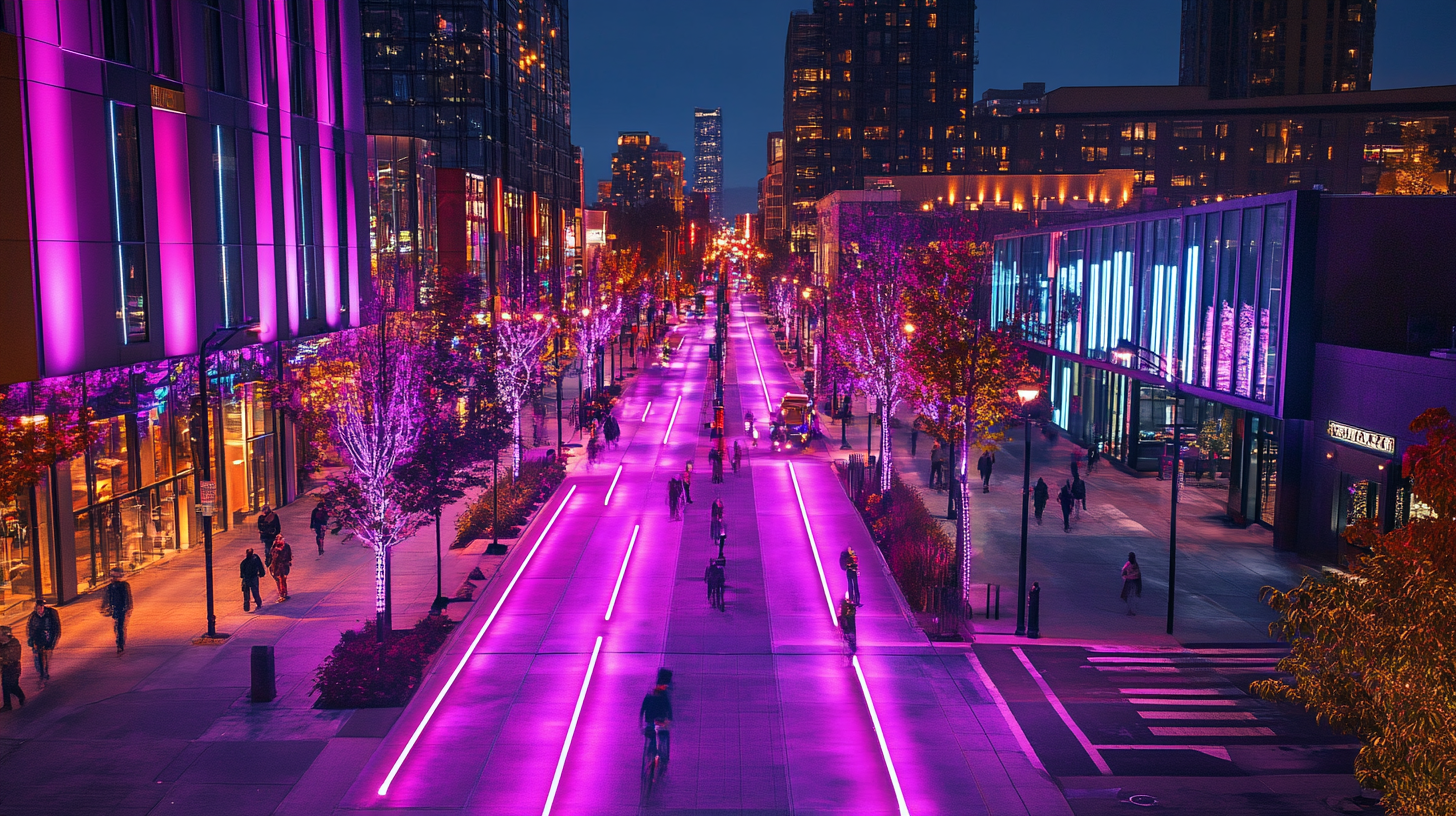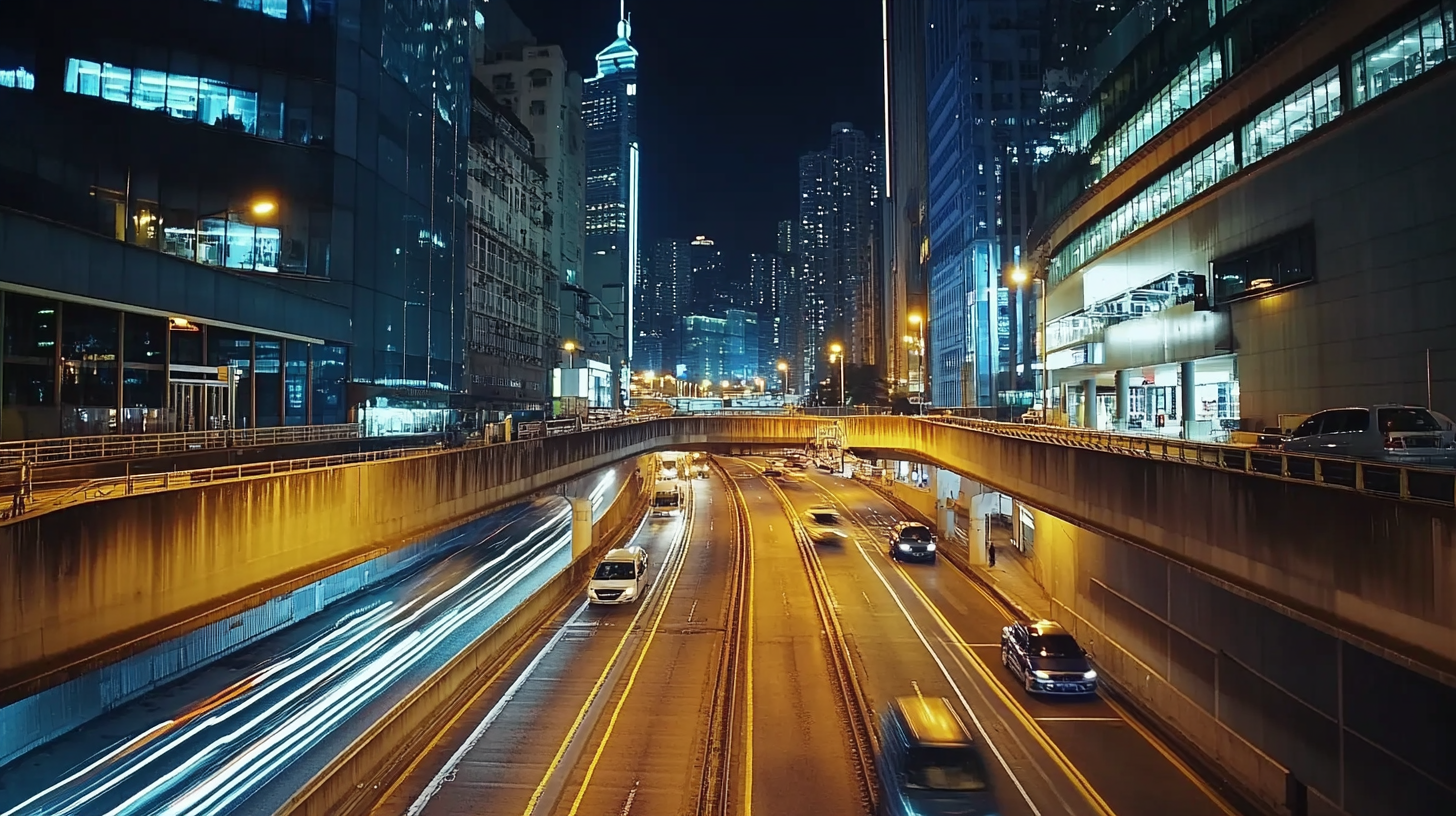Maximizing Urban Safety and Efficiency with Advanced LED Light Street Solutions
In an era where urbanization is accelerating at an unprecedented rate, the need for innovative solutions to enhance public safety and operational efficiency has never been more pressing. Cities are continuously evolving, with growing populations and increasing vehicular and pedestrian traffic, rendering effective street lighting essential. Among the various technologies emerging to address these challenges, LED Light Street solutions stand out as a game changer. These advanced lighting systems not only provide superior illumination but also integrate smart technology for real-time monitoring and energy management, thereby ensuring safer and more efficient urban environments.
The benefits of implementing LED Light Street solutions extend far beyond mere visibility. With their energy efficiency and longevity, these lights significantly reduce operational costs for municipalities while contributing to sustainability goals. Moreover, the adaptive features of modern LED systems allow for customization based on the specific needs of different urban areas, enhancing both safety and the overall experience of residents and visitors. This blog will explore the transformative impact of LED Light Street technologies, examining their role in maximizing urban safety and efficiency while paving the way for smarter cities.

Innovative Features of Advanced LED Street Lighting Systems
The evolution of advanced LED street lighting systems is revolutionizing urban landscapes, marrying safety with efficiency in unprecedented ways. One of the most innovative features of these systems is their ability to integrate smart technology. Equipped with sensors and cameras, these smart streetlights can monitor traffic flow and enhance public safety by providing real-time data. This functionality not only facilitates quicker emergency responses but also helps in traffic management, reducing congestion and improving overall urban mobility. Another remarkable aspect of advanced LED street lighting is their energy efficiency and sustainability. These systems consume significantly less energy compared to traditional streetlights, leading to lower municipal costs and reduced carbon emissions. Additionally, many of these lights come equipped with adaptive lighting features, adjusting brightness based on real-time conditions, such as weather or pedestrian activity. This adaptability ensures that light is only used when necessary, further enhancing energy savings. The market for landscape lighting and smart solutions is witnessing substantial growth, with projections indicating a rise in investments and technological advancements in the coming years. Innovators continue to push the boundaries, making it crucial for municipalities to stay updated with the latest trends and adopt solutions that enhance urban living while promoting sustainability. As cities worldwide embrace these advanced LED street lighting systems, the potential for creating safer and more efficient urban environments is becoming a reality.

The Role of LED Lighting in Enhancing Urban Safety and Security
The role of LED lighting in enhancing urban safety and security cannot be overstated. As urban environments continue to grow, so do the concerns surrounding crime and safety. Advanced LED street lights provide a significant upgrade over traditional lighting systems by offering brighter, more focused illumination that not only enhances visibility but also deters criminal activity. Well-lit streets and public spaces create a perception of safety, encouraging community engagement and reducing the likelihood of safety incidents.
Moreover, LED technology offers heightened energy efficiency, allowing municipalities to invest savings back into community safety initiatives. With features such as adaptive lighting, smart sensors, and integration with surveillance systems, LED street lights can respond dynamically to real-time conditions. This can include brightening in response to increased pedestrian traffic or synchronizing with security cameras, thereby increasing the chances of crime detection and prevention.
Incorporating advanced LED lighting solutions into urban planning can transform city landscapes into safer environments. By improving visibility in high-crime areas and ensuring that all public spaces are adequately lit, cities can enhance the overall security for residents and visitors alike. The blending of technology and urban design through LED lighting represents a forward-thinking approach to urban safety, fostering a sense of community and well-being.

Energy Efficiency and Cost Savings of LED Street Solutions
The transition to LED street lighting solutions is a game changer for urban environments, bringing remarkable energy efficiency and significant cost savings. According to the U.S. Department of Energy, streetlights account for approximately 30% of a city's total energy consumption. However, switching to LED technology can reduce energy use by 40-60%. For cities grappling with tight budgets, this reduction can result in savings of tens of thousands of dollars annually, with some estimates suggesting potential reductions in annual energy costs by over $500,000 for larger municipalities.
Moreover, the longevity of LED lights further enhances their cost-effectiveness. While traditional street lights typically last around 5,000 to 15,000 hours, LED fixtures can operate efficiently for over 50,000 hours. This extended lifespan drastically cuts maintenance costs, as fewer replacements and repairs are needed. The National Lighting Product Information Program indicates that LED street lights, due to their durability and lower energy consumption, can save cities between 50% to 80% in total lifecycle costs compared to conventional lighting options.
In addition to financial benefits, the environmentally friendly nature of LED street lighting solutions supports sustainability goals. According to a report from the International Energy Agency, the widespread adoption of energy-efficient lighting technologies like LEDs can help mitigate greenhouse gas emissions. This is crucial for urban areas aiming to lower their carbon footprint as they grow. Adopting LED street lighting is not just a move toward efficiency; it is also a commitment to creating healthier, more sustainable cities.

Integrating Smart Technology with LED Lighting for Urban Management
In an era where urbanization presents both opportunities and challenges, the integration of smart technology with LED lighting systems is transforming how cities manage their environments. Advanced LED light street solutions equipped with smart technology not only enhance visibility but also promote safety and efficiency in urban areas. These streetlights can collect data on pedestrian movement, traffic patterns, and even environmental conditions, allowing city managers to respond proactively to the needs of their communities.
Furthermore, the adoption of smart LED lighting systems represents a step towards sustainability in urban landscapes. By using energy-efficient LED technology combined with sensors and IoT connectivity, cities are able to minimize energy consumption while maximizing the functionality of their streetlights. This integration allows for adaptive lighting that adjusts brightness based on real-time conditions, reducing light pollution and contributing to energy savings. As cities like London and Barcelona showcase in their smart city initiatives, these technological advancements are crucial for developing urban areas that are not only smart but also responsive to the needs of their inhabitants.
The future of urban management lies in the ability to harness innovative smart technologies to create efficient and safe environments. Integrating LED lighting with smart technologies exemplifies a commitment to enhancing quality of life while addressing the complexities of urbanization. As cities continue to evolve, embracing these smart solutions will be essential in meeting the demands of their populations and paving the way for sustainable development.
Case Studies: Successful Implementation of LED Solutions in Cities
Cities worldwide are increasingly turning to advanced LED street lighting as a solution to enhance urban safety and efficiency. Case studies from various metropolitan areas illustrate the transformative benefits of these technologies. For instance, a recent initiative in Los Angeles demonstrated a significant reduction in nighttime crime rates following the installation of smart LED lights equipped with sensors and cameras. These lights not only improved visibility but also acted as deterrents, fostering a safer nighttime environment for residents and visitors alike.
Another compelling example comes from Paris, where LED street solutions were integrated into the city’s existing infrastructure, resulting in a 30% reduction in energy consumption. This upgrade not only lessened the city’s carbon footprint but also contributed to a brighter, more attractive urban landscape. The lights are programmed to adjust their brightness based on pedestrian and vehicular activity, maximizing efficiency and minimizing light pollution, showing a successful merging of sustainability with urban planning.
In addition to energy savings, cities like Toronto have seen improvements in traffic flow as a result of their LED implementations. By utilizing smart lighting systems that adapt to traffic patterns, the city has managed to enhance road safety and reduce congestion. These real-world applications highlight the comprehensive advantages of LED lighting—proving that when cities invest in innovative lighting solutions, the benefits extend far beyond mere illumination.

